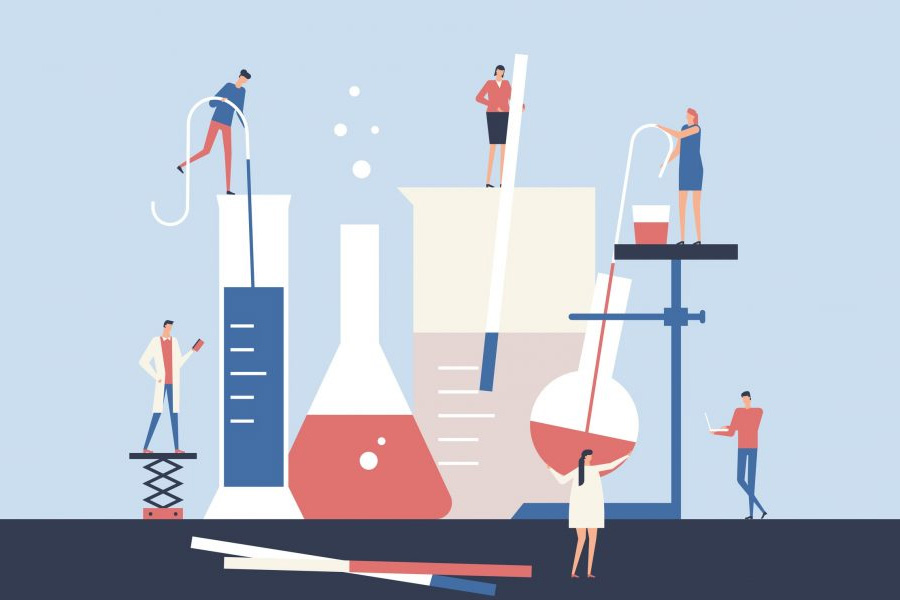By: Dr. Jacob Blumenthal and Maier Fenster, Ehrlich & Fenster of Ehrlich Group.
A few days ago I received an e-mail from one of our clients saying ” Dear Jacob, we are about to present our clinical study results in two weeks from today. Will that affect our intellectual property protection?”. Of course it will. Many inventors know that publically disclosing their inventions is a real no-no. Not all of them understand that completing (or even starting) a clinical study is a good time to call their patent attorney, even if they are not publishing or, more commonly, even if the clinical results are predicted by their patent filings. The short reason is that clinical studies generate a lot of knowledge, which can often be protected or leveraged into protection. Here is why, in more detail.
Filing a patent application is usually an early step of many companies, especially start-up companies in the medical field, to protect their intellectual property. This patent application, in most cases, describes a broad scope of the invention and is aimed at obtaining a broad (and impressive…) monopoly in the field. As time goes by, various insights regarding the invention are accumulated, for example insights as to what features of the device are more important, where are the most interesting markets for commercializing the product, what are the more clinical indications and usage protocol (per clinical indication), etc. Some activities, like R&D, marketing and clinical work often lead to the creation of such insights.
Performing a clinical study allows the inventor to gain precious clinical insights regarding the correct use of his invention, which should most probably be protected by a patent application. Clinical studies are performed specifically to determine what is clinically important and, also, generate copious amounts of information regarding side effects, positive and negative. Clinical trials also serve to concentrate many minds on particular aspects of the product, which relate to ease of use, safety, efficacy and regulation. This naturally results in a refining of initial clinical insights and better identifying those critical features of the invention that lead to a desired clinical outcome. These critical features are the holy grail of patent protection. If a patent is obtained which prevents a competitor from performing a critical feature, by definition, the competitor cannot sell a product which requires such a critical feature to get a desired clinical outcome.
Here are some examples of protection we have obtained based on clinical trial processes:
- Exact treatment parameter values that generate a desired clinical effect
- Selection criteria of subjects for a treatment
- Critical steps of a treatment protocol
- A desired clinical effect
- Features of a device that are important to achieve the desired clinical effect
- Monetization strategies
In any case, you should always take into consideration that presenting the results of a clinical study performed using your device to a group of physicians or engineers will most probably trigger their imagination and inventive skills… So, please be careful with your public disclosures and contact your patent attorney in any case of uncertainty.
